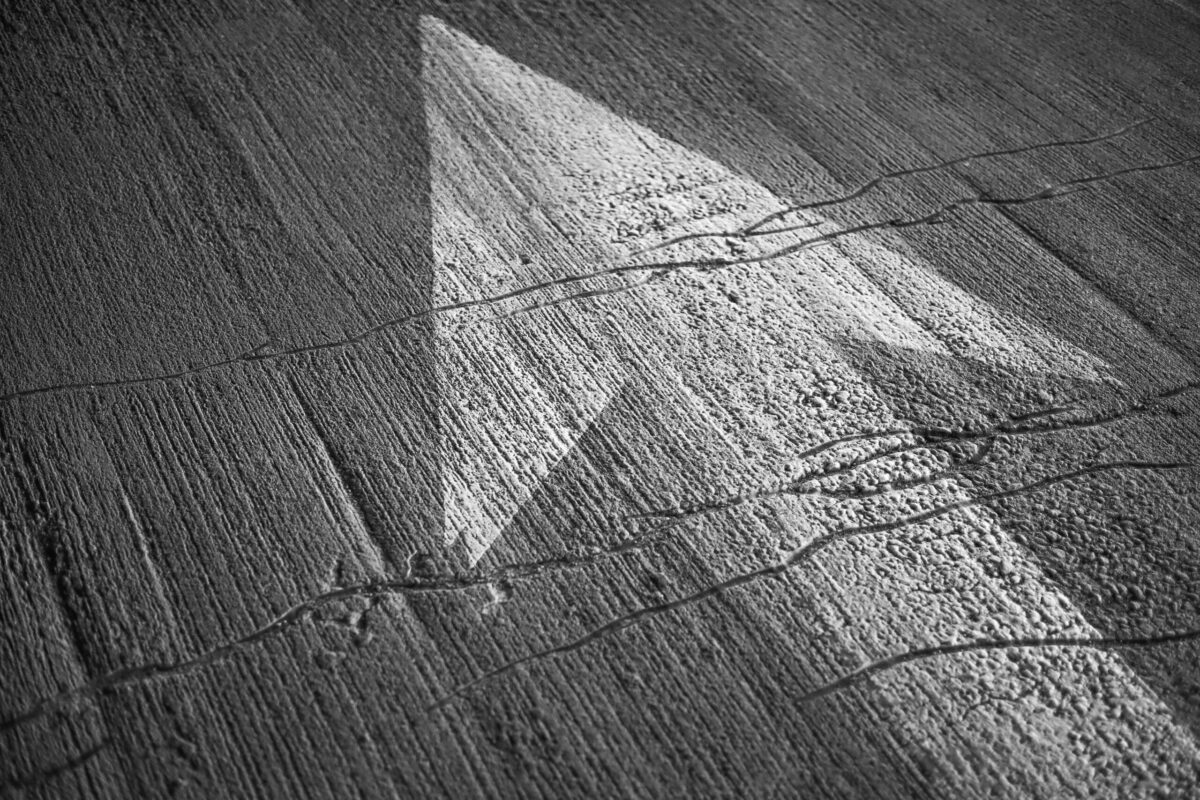Cardano ($ADA) is on the verge of entering its final era – Voltaire – which will provide the final pieces required for the network to become a self-sustaining system.
The blockchain’s development is divided into five distinct eras, each named after a historical figure and dedicated to specific facets of the platform’s evolution.
These eras build upon one another, incrementally enhances the network’s capabilities and ensures its adaptability and resilience in the rapidly changing landscape of blockchain technology.
The recent development was revealed by Cardano’s founder, Charles Hoskinson, who confirmed the upcoming release of a new Cardano node. This will introduce the highly anticipated Chang hard fork, marking the beginning of the Voltaire era.
The upgrade aims to transform Cardano’s Proof-of-Stake network into a fully decentralised government through the implementation of CIP-1694.
Expected in June
Charles Hoskinson announced the upcoming release of Cardano Node version 9.0 in a recent social media post. Scheduled for June, this new node will facilitate the Chang hard fork which is one of the most significant updates to the network to date.
The Node version 9.0 would usher in the Voltaire era, provided 70% of the network’s SPOs have upgraded. At the time of writing, Cardano had 5,874 total pools, with 3,110 active.
The hard fork will unfold in two stages: the initial phase will set up decentralised voting and governance actions. The second stage will finalise the introduction of various governance features, including treasury withdrawals. The latter is expected in Q4 2024, and will complete the governance features outlined in CIP-1694.
Hoskinson shared, “Cardano will be a decentralised civilisation spanning the entire world with millions of residents. We’ll have the most advanced blockchain governance system, annual budgets, a treasury, and the wisdom of our entire community to guide us.”
The upcoming Chang hard fork is set to establish Cardano as one of the first truly decentralised networks, heralding a new era for both the network and the industry.
Understanding the hard fork
The Chang hard fork is poised to be a pivotal milestone for the industry, according to Hoskinson. This hard fork sets the stage for implementing CIP-1694, a proposal aimed at overhauling Cardano’s on-chain governance infrastructure.
This transformation will enable $ADA holders to take control of the network by submitting governance actions or votes on-chain.
CIP-1694 also seeks to reshape Cardano’s governance by introducing constitutional committees, delegation representatives, and stake pool operators to ratify user-submitted governance actions.
Additionally, the Chang hard fork will shift power from the current custodians of Genesis keys to the Cardano community. These Genesis keys, initially distributed among founding entities like IOG, Emurgo, and the Cardano Foundation, will be burned post-fork, marking a significant move towards full decentralisation.
Despite some community frustration and criticism, Hoskinson remainsedoptimistic about Cardano’s future. He emphasised the rapid growth of community-developed decentralised applications (dApps) and Cardano’s leadership in scaling research and development.
The founder recently also addressed the disconnect between media perception and Cardano’s actual progress, criticising the cryptocurrency media for not recognising Cardano’s advancements.
He remarked, “It’s becoming impossible to keep up with, and it has much good news coming in just the next six months. Then I look at the cryptomedia, and the headlines are ‘Will Cardano die?’ It’s beyond pathetic and just reflects on the low quality and low effort they put into our ecosystem”.
Despite these challenges, the impending Chang hard fork represents a significant step forward for Cardano, marking the network’s transition towards a fully decentralised governance model.


